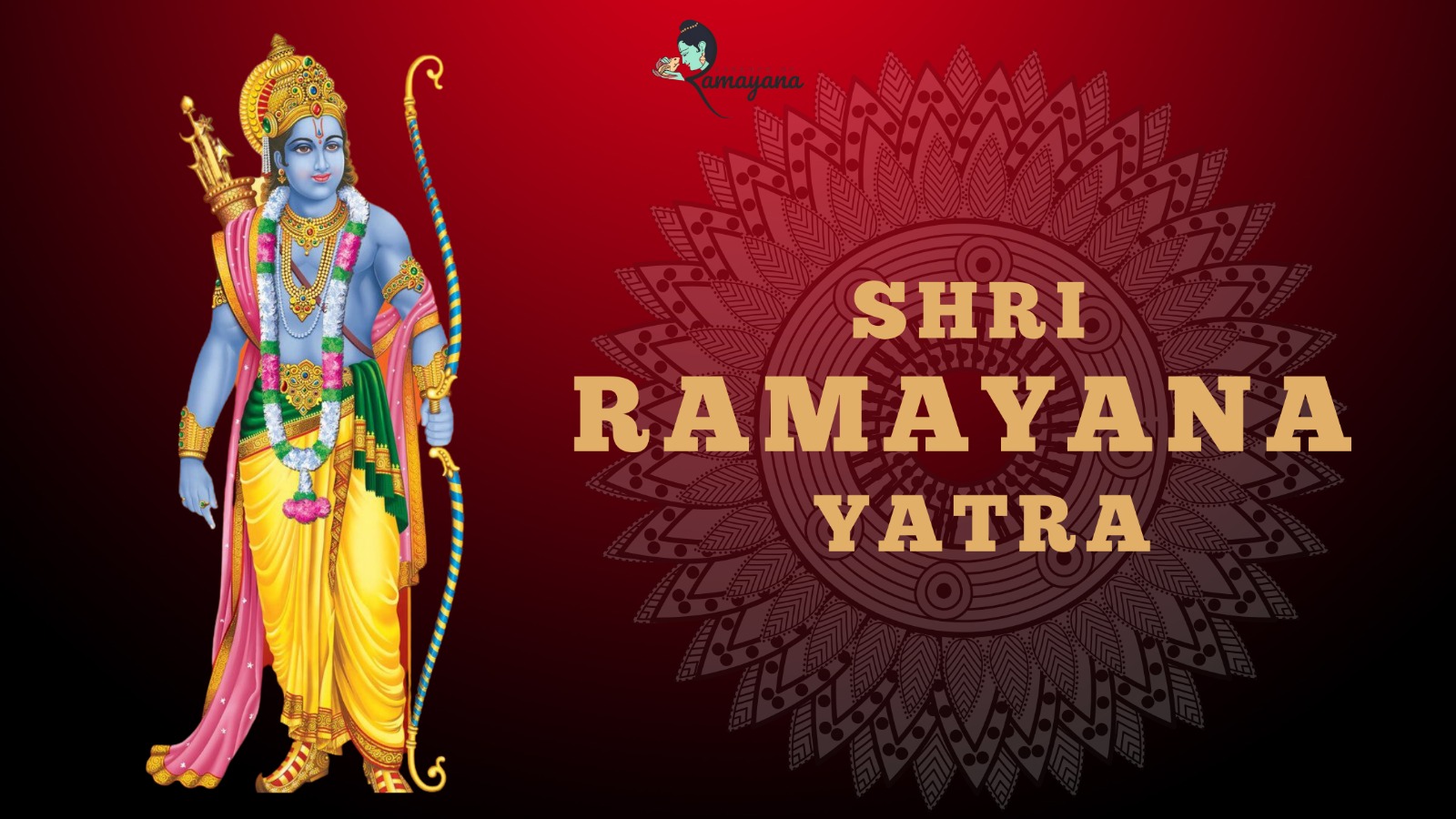Ramayan Yatra
India has diverse cultures, traditions, and religions, with a rich heritage of mythology and folklore. The Ramayana is the most popular and widely known among the many tales passed down through generations. It is the epic story of Lord Rama and his wife Sita, their journey through life, and their ultimate triumph over evil.
For many Indians, the Ramayana is not just a story but a way of life. It is an integral part of their faith and beliefs, and they look up to Lord Rama as a symbol of virtue, righteousness, and sacrifice. Thousands of devotees embark on a journey called the Ramayana Yatra to pay homage to this great deity.
The Ramayana Yatra pilgrimage takes the faithful through various places mentioned in the epic. It is believed that by visiting these places, one can purify their soul, seek blessings from Lord Rama, and attain salvation. The journey usually begins in Ayodhya, the birthplace of Lord Rama, and ends in Rameshwaram, where he is said to have built a bridge to Lanka to rescue his wife, Sita, from the demon king Ravana.
The Yatra usually takes around 15 to 20 days and covers a distance of over 2,000 km. The devotees travel by bus or train, stopping at temples, shrines, and other significant sites. Some of the prominent places that are visited during the Yatra include:
- Ayodhya: The birthplace of Lord Rama, Ayodhya is the starting point of the Yatra. The devotees visit the Ram Janmabhoomi temple, which is believed to be the exact spot where Lord Rama was born.
- Allahabad: Also known as Prayagraj, Allahabad is where the Ganges, Yamuna, and Saraswati rivers meet. The devotees dip in the holy waters and offer prayers at the Triveni Sangam.
- Chitrakoot: In Madhya Pradesh, Chitrakoot is where Lord Rama and Sita spent eleven years of exile. The devotees visit the Ramghat and Kamadgiri temples and take a holy dip in the Mandakini river.
- Panchavati: A small town in Maharashtra, Panchavati is where Lord Rama, Sita, and Lakshmana lived during their exile. The devotees visit the Sita Gufa, where Sita is said to have taken shelter, and the Kalaram temple, which houses a black statue of Lord Rama.
- Kishkindha: Located in Hampi, Karnataka, Kishkindha is where Lord Rama met Hanuman, the monkey god. The devotees visit the Anjaneya temple, which is dedicated to Hanuman.
- Rameshwaram: The final destination of the Yatra, Rameshwaram, is where Lord Rama built a bridge to Lanka to rescue Sita. The devotees visit the Ramanathaswamy temple, which is one of the most significant temples in South India.
The Ramayana Yatra is a religious pilgrimage and a cultural experience. It provides an opportunity for the devotees to connect with their roots, learn about their history and traditions, and meet people from different parts of the country. The journey is a challenging one, but the devotion and faith of the devotees keep them going. In conclusion, the Ramayana Yatra is a journey through mythical India that takes the faithful on a spiritual and cultural odyssey.


